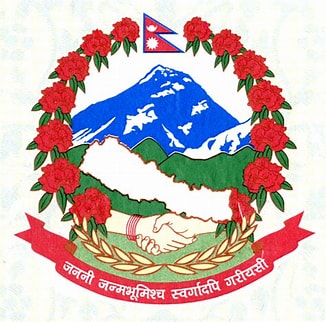About this Digital Profile
The Constitution of Nepal, 2015 (B.S. 2072) divides the fundamental structure of the Federal Democratic Republic of Nepal into three tiers: federal, provincial, and local levels. The Constitution recognizes local levels as local self-governments. According to Schedule 8, Serial No. 6 of the Constitution, all rights related to the collection of local statistics and records are granted to local governments. Furthermore, Clause 11 (2) 'c' of the Local Government Operations Act, 2017 (B.S. 2074) elaborates on this subject. Utilizing the powers conferred by the Constitution of Nepal, 2015, and the Local Government Operations Act, 2017, Fakfokthum Rural Municipality is required to prepare a reliable statistical foundation for the overall development of the municipality, as stipulated. This digital backdrop has been prepared based on the framework for village mapping outlined in Schedule 3 of the "Guidelines for the Preparation of Local Plans, 2018" published by the National Planning Commission. Consequently, this backdrop serves as a primary and credible statistical source for formulating the policies and work strategies of Fakfokthum Rural Municipality, creating a developmental blueprint, and constructing plans and action plans.
The digital backdrop of this rural municipality relies on the KoboToolbox software as the primary tool for data collection. This digital profile encompasses a comprehensive record of the municipality's physical, demographic, economic, social, environmental, physical development, historical, religious, cultural, and institutional aspects, along with their interpretation and analysis. During the household survey, an effort was made to ensure that no household was overlooked and that none were duplicated, assigning unique identification numbers and capturing GPS coordinates for each household. Similarly, details of each ward and the institutions present within those wards were surveyed to collect data. Based on the discussions within the municipality and the survey findings, an analysis of the municipality's strengths, weaknesses, opportunities, challenges, and potentials has also been conducted. This will play a crucial role in formulating the necessary development plans for the municipality in the coming days.
